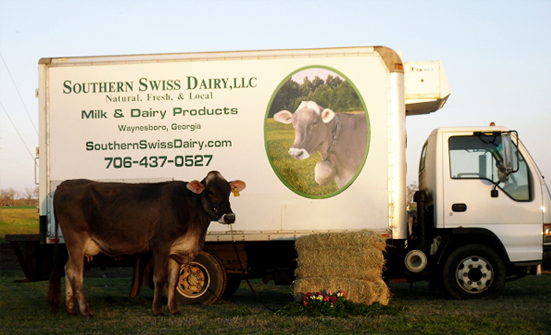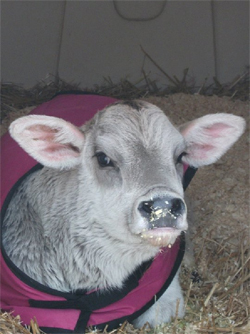Breed Attributes
Brown Swiss are low-maintenance, high producing, adaptable cows that live a long time and make money for dairy producers.
High Production
Brown Swiss yield large volumes of milk with high components, boasting an ideal fat-to-protein ratio for cheese-making. For this reason, Brown Swiss producers often receive more money per 100 pounds of milk than owners of other breeds. A low somatic cell count also contributes to the demand for Brown Swiss cattle. The average 305d ME for Brown Swiss is 23,090 pounds of milk, 935 pounds of fat, and 767 pounds of protein.
Adaptability & Longevity
Brown Swiss withstand both hot and cold climates and thrive in a variety of terrains and management systems. Their longevity, dairy strength, and outstanding feet and legs make Brown Swiss cattle the obvious choice for modern dairy farms.


Left: Brown Swiss milk provides many marketing opportunities for dairy farmers because it meets both fluid and cheese market demands. The large percentage of fat and protein components it contains enables farmers to receive higher premiums. This Georgia dairy direct distributes their Brown Swiss milk.
Right: Brown Swiss are very heat tolerant, but also do well in cold climates. This Brown Swiss calf in Wisconsin stays warm with a bright pink calf coat.